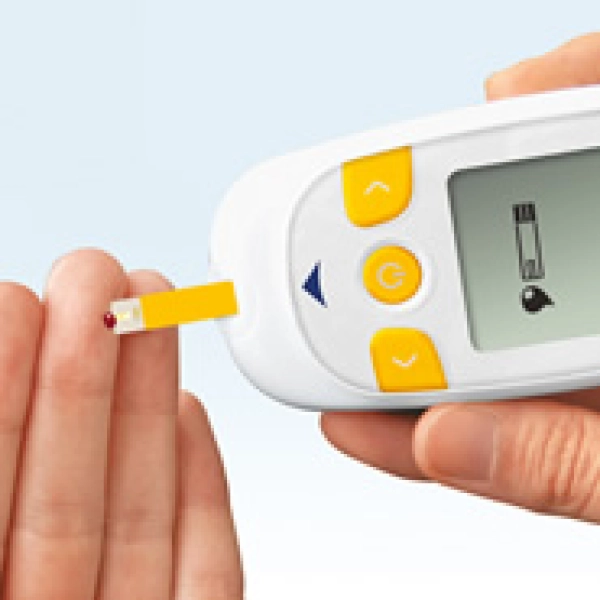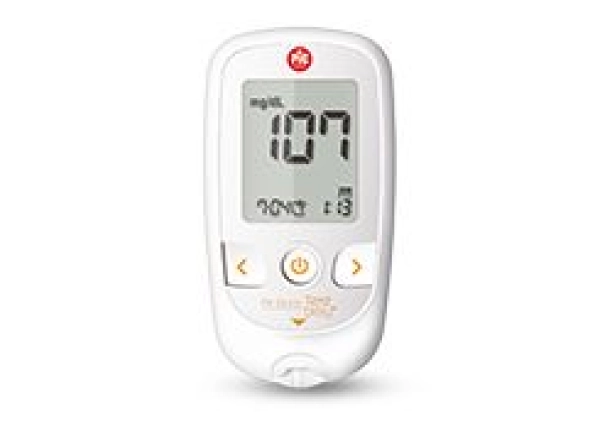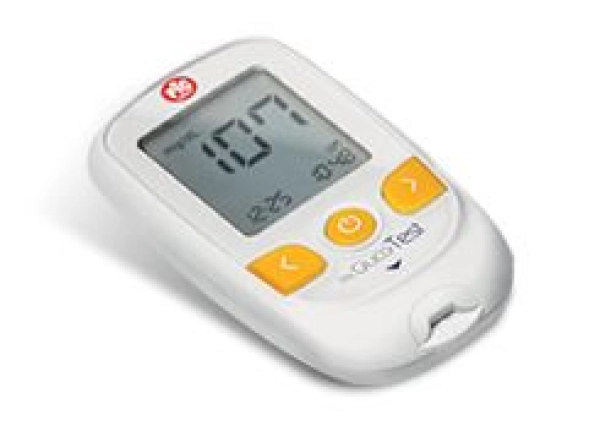

Feet are the Achilles' heel of people with diabetes. Diabetic foot is one of the scariest complications of this condition, but finding out more about it can help: how does the disease reach the extremities of the human body? As we have mentioned several times, diabetes is an important risk factor for arterial circulation. In addition to hypertension and other cardiovascular diseases, it can alter peripheral circulation - in particular in the feet, which are particularly vulnerable to changes because of their important functional role and anatomical location, at the outermost points of the nervous and vascular systems.
Diabetic foot often manifests itself with nuanced symptoms, especially at first. You might just feel some tingling in the extremities or discomfort when walking, or have actual ulcers that make moving around difficult. The vascular alterations caused by diabetes reduce blood flow to the nerves of the foot, damaging their motor performance. As a direct consequence, foot or leg deformations may appear: hammertoes, accentuated plantar arches, prominent metatarsal heads. As the foot no longer rests correctly on the ground and pressure peaks increase, the risk of ulcers and permanent injuries also rises.
Advanced-stage diabetic foot, which has not been diagnosed and treated in time, can require surgical debridement. The tissues attacked by the lesion are removed to make room for "second-line units", i.e. deeper tissues where blood still circulates normally. In fact, many researches point to the key role plantar support and biomechanics play in the genesis of this pathology, in its healing and in the development of any relapses. In other words, diabetic foot cannot be cured if not by solving its root cause, namely the excessive stress on the foot. Deformities caused by an alteration of the structure and function of the foot tissues favour incorrect plantar stance, leading to some areas being overloaded and repeatedly rubbed, increasing the risk of ulcers.
Preventing or reducing the effects of diabetic foot requires great care for hygiene and, in some cases, clothing. First of all, you must inspect your feet daily and check carefully between the toes; wash with a soap that offers a pH close to the physiological range, and dry with cotton gauze. If you have been diagnosed with diabetic foot, you must rely on qualified personnel (podiatrists) to cut your nails: limit your DIY pampering to cardboard nail files. Finally, choose anti-chafing socks carefully: wear them at all times and opt for products made with cotton woven with copper fibres, without seams.





